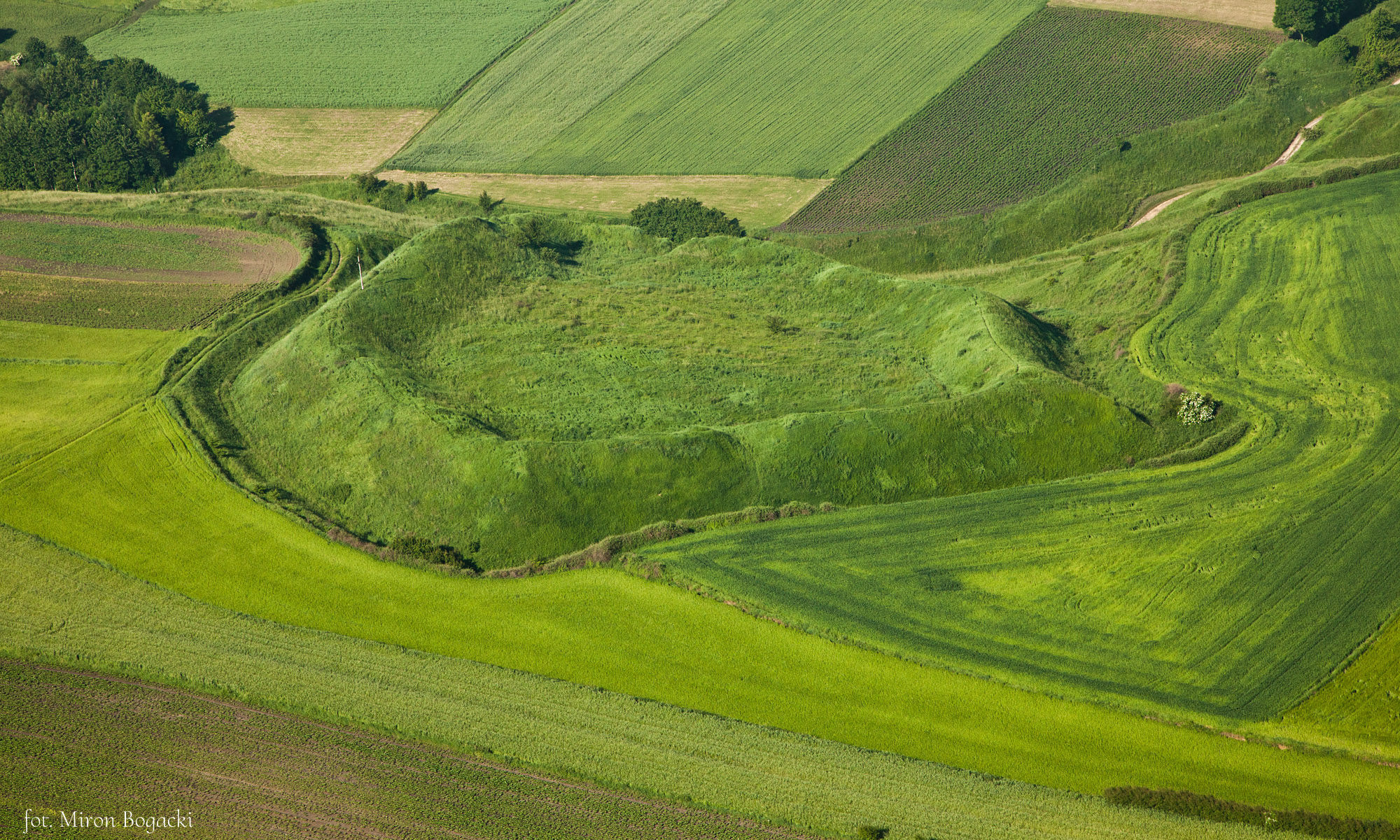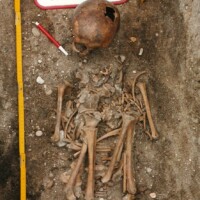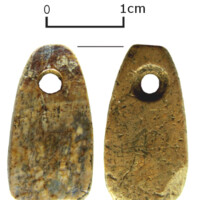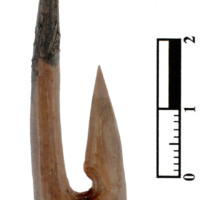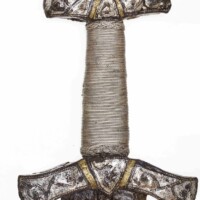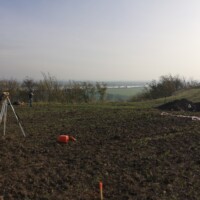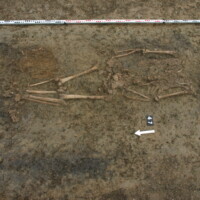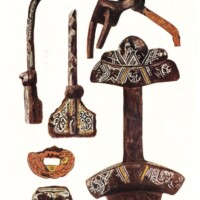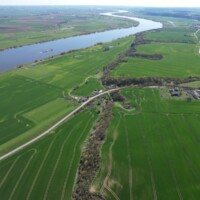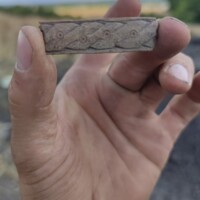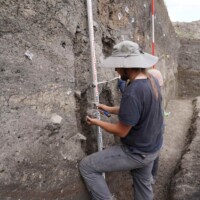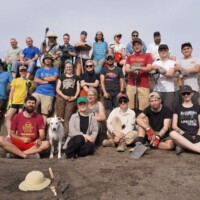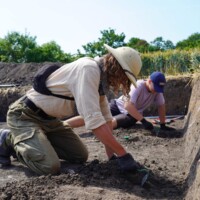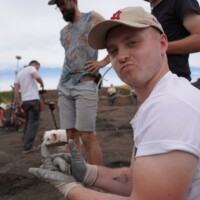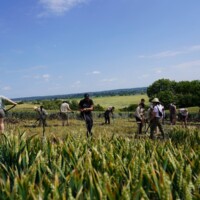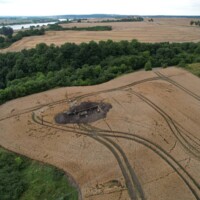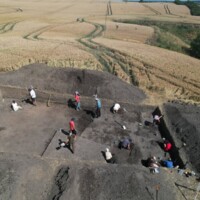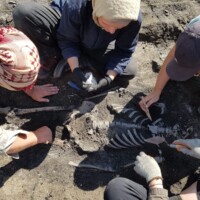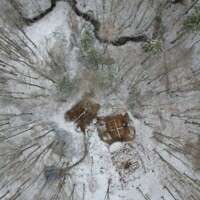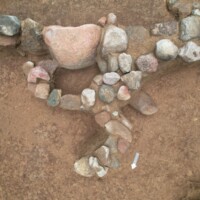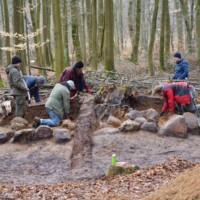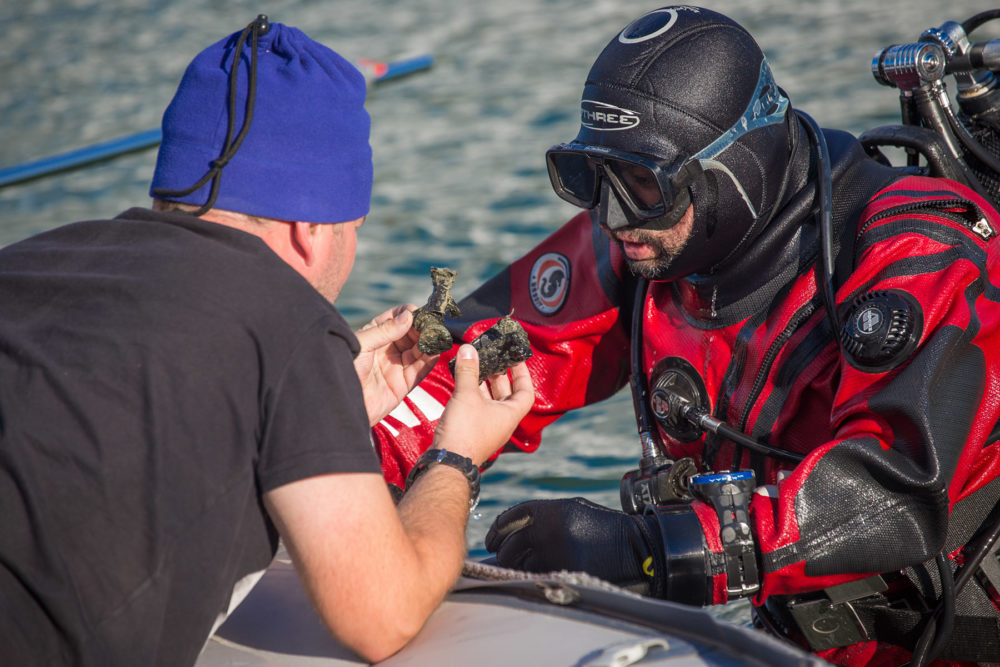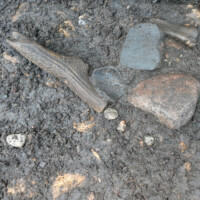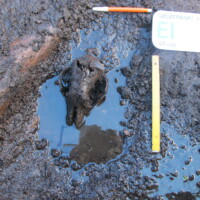Excavation conducted by (renew from 2023): Dr Karolina Bugajska and Dr hab. Witold Gumiński
Localisation: NE Poland, Masurian Lakeland, Wydminy commune, Giżycko district
Involved institutions: Faculty of Archaeology, University of Warsaw
Type of the site: Stone Age peat-bog site with the cemetery of hunter-gatherers
Description of the site: Exceptional cemetery with very diversified burials from the Late Mesolithic and Para-Neolithic, and habitation sites of hunter-gatherers from the Late Palaeolithic, Mesolithic, Para-Neolithic (Zedmar culture) till the Late Neolithic. Complex stratigraphy and preserved bones and wooden materials, besides amber, stone, flint and pottery make the site unique.
Research project:
NCN Opus 20; nr 2020/39/B/HS3/02375, Absolute chronology of burials and loose human bones from the hunter-gatherer Stone Age sites Dudka and Szczepanki in Masuria (NE-Poland).
Published results of the project:
– Bugajska, K. (2023). Purified by fire: Cremation burials in the Stone Age hunter-gatherer cemetery at Dudka, Masuria, northeast Poland. Documenta Praehistorica, 50, 110-135. https://doi.org/10.4312/dp.50.10
– Bugajska, K. (2024). Loose human bones as evidence of the multi-step burial rite: Case study of the Stone Age hunter-gatherer sites at Dudka and Szczepanki, Masuria (northeastern Poland), Přehled výzkumů 65/1, 2024 X 103–137 https://doi.org/10.47382/pv0651-05
